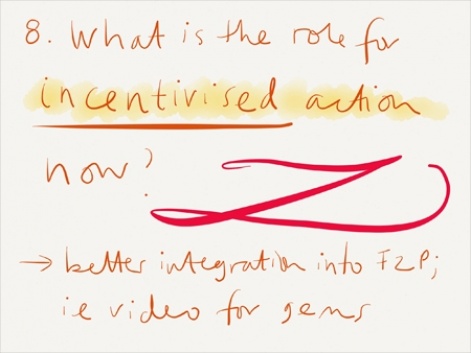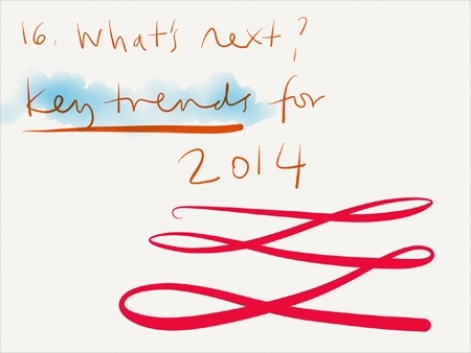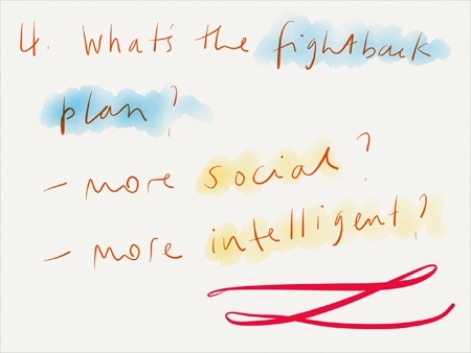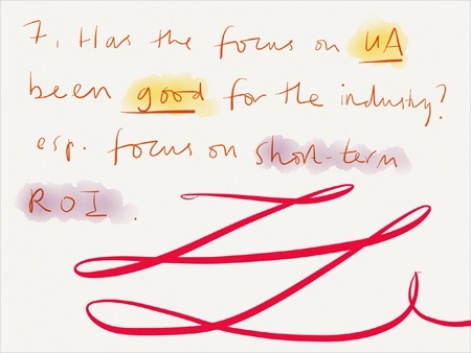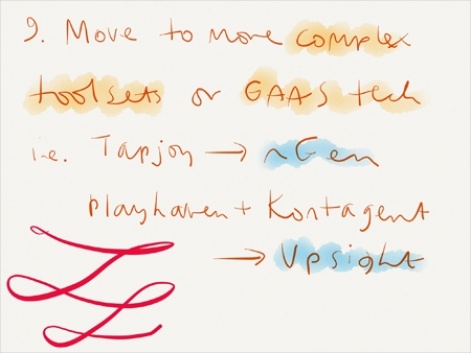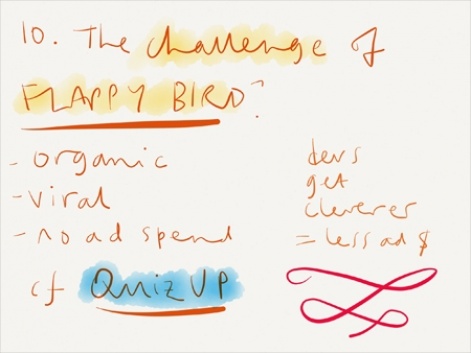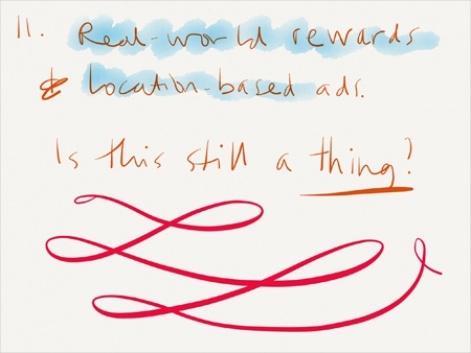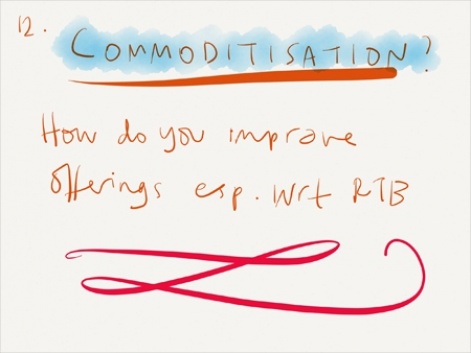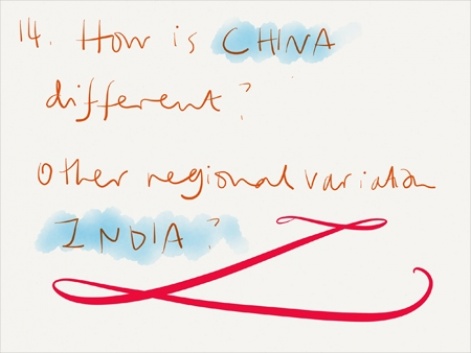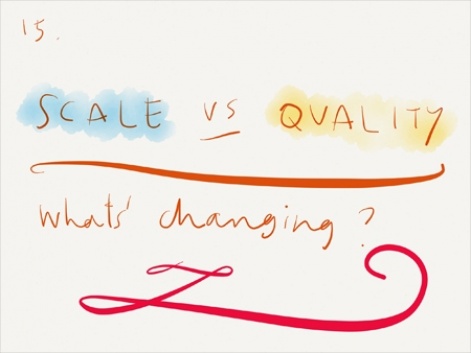At GMGC 2014 in Beijing, I moderated a panel talk entitled 'Balancing your user and ad experiences'.
A wide subject, we didn't have time to discuss all the questions I'd prepared.
Indeed, the talk was simultaneously translated behind English and Chinese, as the panel featured native speakers of both languages; something we attempted to assist by speaking slowly and not too technically.
Nevertheless, here are my original set of presentation notes, with the panels' answers on the questions we managed to discuss in the time allocated.
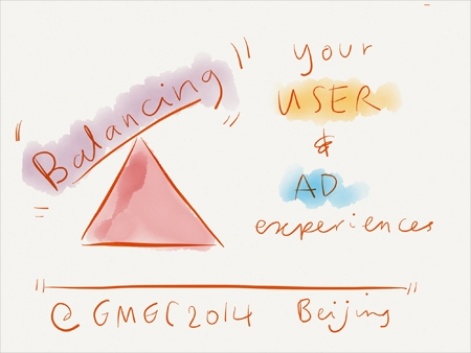
The panel members were:
- Jayesh Easwaramony, VP, InMobi
- Ajitpal Pannu, CSO, Smaato
- Jianzhang Chen, VP, Limei
- Stephen Chung, MD Asia, Applift
- Rick Liu, VP APAC/LATAM, NativeX
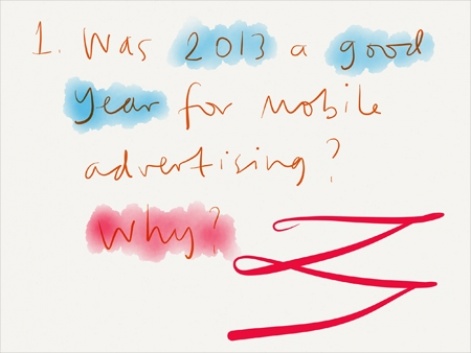
Q. Was 2013 a good year for mobile advertising and your company?
Jayesh Easwaramony: InMobi grew 200 percent thanks to the rise of Facebook and growing market sophistication.
Ajitpal Pannu: We grew 11-fold on the back of our introduction of programmatic technology. A programmatic approach is key. Also we now see that the big US brands can operate global campaigns from the US, which increased budgets.
Jianzhang Chen: In China, we're on the same path, but lagging the western market.
Stephen Chung: AppLift had a pivot in 2013, but we're growing. We see smarter buying from our clients.
Rick Liu: For us, 2013 was about native advertising, while 2014 will be about native monetisation. We recently worked with one large Japanese publisher and grew its eCPM by 400 percent.
Q. Was the rise of Facebook good for your company?
Rick Liu: We have to focus on differentiation and ways of adding value for our clients.
Jayesh Easwaramony: Even Facebook advertising isn't well targetted. But it does push the importance of native advertising to the market.
Jianzhang Chen: In China, Facebook isn't big, but WeChat has had a similar impact.
Q. More generally, what's impact of the rise of social mobile platforms?
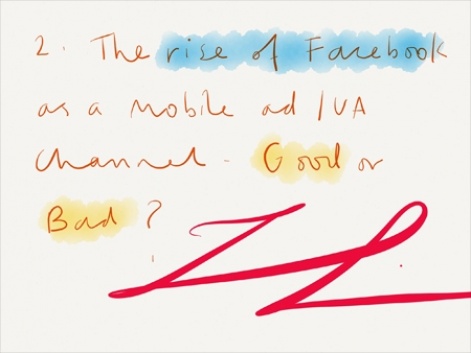
Ajitpal Pannu: I think Facebook is positive for the market. And social networks provide the largest inventory for ads, although brands have to be careful in a user-generated content channel.
Rick Liu: I think it's an opportunity. Don't forget, these companies are also buying installs for their apps.
Stephen Chung: Yes, I agree, and we've seen Facebook getting into performance advertising, which is new.
Q. Mobile advertising has been very focused on the install. Is that changing?
Jayesh Easwaramony: We've moving from installs to LTV. The more sophisticated clients are now demanding LTV not a number of installs. This is because many installs are low value users.
Ajitpal Pannu: Installs remain a success measure for the games industry, especially when there's little TV or print advertising. Also, there are many more Zynga's in the market now - companies spending to ensure they hit user numbers. Games are the supply part of the equation.
Rick Liu: LTV is vital. There's a lot of focus on CPI, but that's always relative to LTV. If CPI rose to $10 but your users' LTV is $12, you have a good business and you'll buy out the competition. But CPI levels are probably too high.
Stephen Chung: I think you have to eliminate the average. The concept of average price is meaningless when you're talking about metrics like CPI and LTV.
(Spontaneous question so no slide)
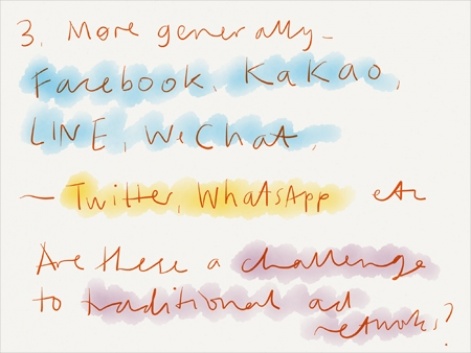
Q. Okay, so LTV is important but how do you predict a user's LTV?
Stephen Chung: We use behaviour proxies - things like in-game behaviour, are users sharing content on Facebook etc?
Jayesh Easwaramony:v We work closely with the developers and take an upstream approach and work over a 15-day cycle.
Q. There used to be a lot of talk about incentivised actions. Is that still important?
Rick Liu: There's a place for incentivised actions, we still have offerwalls for example, but it's not important for gaining chart position. Chart position is a result of many other things. We focus on engagement - CPE.
Stephen Chung: It's a tool for burst campaigns, but you need a wider strategy. The Korean market is very heavy on incentivised actions, but it's very expensive now.
Jianzhang Chen: In China, it is a reality, but you need balance.
Jayesh Easwaramony: We don't do any incentivised advertising. I don't think the technology is good enough. We're looking for recommendation options instead. Incentivised video advertising does work though.
Ajitpal Pannu: Incentivised is one revenue stream, it's one part of the waterfall.
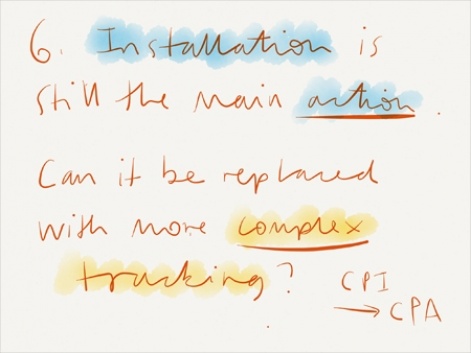
Q. Final question: What will be the key trends for 2014?
Jayesh Easwaramony: In 2013, InMobi's business was 70 percent banners. In 2014, we expect to be 65 percent native ads. Big data will be another trend. People will buy an audience, not traffic.
Ajitpal Pannu: For us it's a programmatic platform focus - for data, control of inventory, better targetting, and global campaigns.
Jianzhang Chen: In China, we're looking forward to 4G networks, which will enable new ad units - 3D ads, video ads and native ads.
Stephen Chung: For us, it's unobtrusive native ads, LTV/ROI buying, not focused on the average price.
Rick Liu: For NativeX, 2014 is about native monetisation. And we're offering a new deal for clients. If we can't give you a 30 percent boost in 30 days, we'll give you $30,000.
And below, the questions we didn't have time for.
